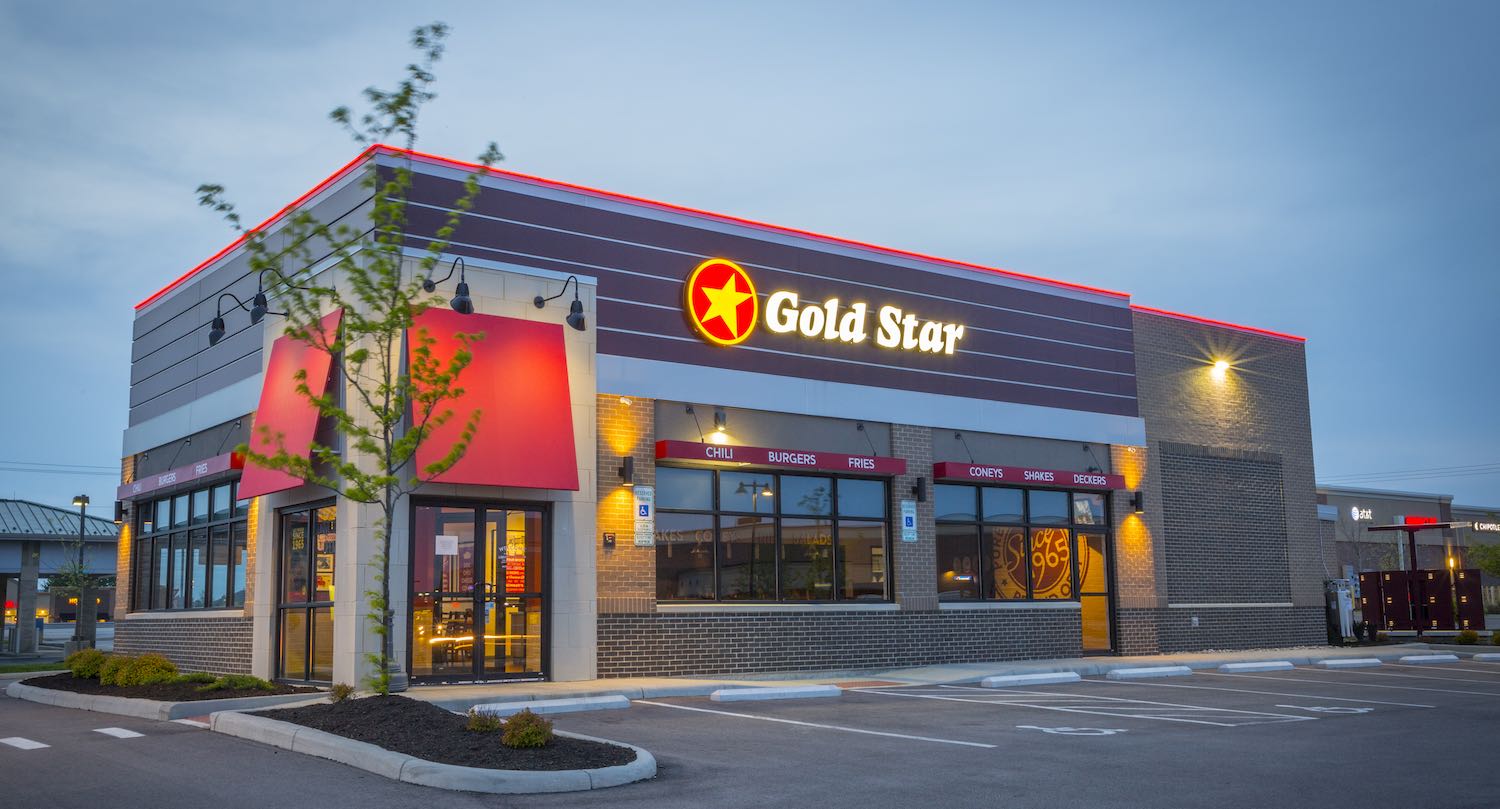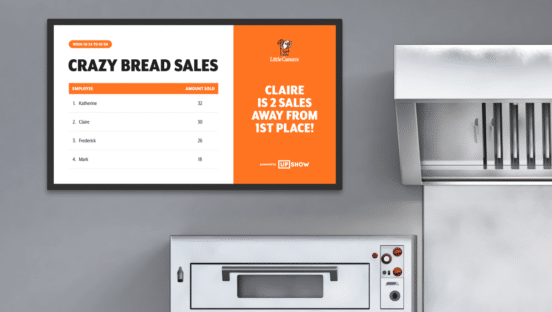Sponsored by PlayerLync.
In the midst of rising wages, high turnover, and a talent crunch, there’s no question that labor is one of the biggest issues facing the quick-service industry. With such tight margins and an ever-changing technology landscape, many restaurants wonder how they can provide employees with consistent training messages.
This was the challenge faced by Gold Star, a growing 90-unit chain based around the Cincinnati, Ohio area. With recent expansions and remodels, the brand has been focused on implementing a service promise to make all guests “feel like family.” And while smiling and making eye contact with customers may be simple actions, these “soft skills” are incredibly difficult to teach chain-wide on paper, says Dave Mayerick, vice president of operations for GSR Brands, the parent company of Gold Star. Because 90 percent of its restaurants are franchised and the brand was using binder-based training materials, the corporate team wasn’t sure messages were being delivered or that employees retained what they learned.
Additionally, updating training materials to explain upcoming promotions or to make changes to the brand during growth periods was incredibly difficult—so difficult, in fact, that until recently, Gold Star hadn’t overhauled its training materials since 2013, due to the cost and difficulty of updating binder materials. Memos were sent when there were smaller updates, such as to let staff know about upcoming coupon deals, but there was also no way to track how many employees had actually read them.
“Half the time you’d walk into a restaurant, and these memos would be in the office, and team members were not allowed inside,” says Jamie Pollard, field marketing manager at GSR Brands. “Often, the memo was under a bunch of other papers, and no one was looking at it. Memos also didn’t allow us to visually show all components of a marketing campaign.”
The Gold Star team knew there was a better way to manage training, so they began looking for digital tools that would make onboarding new employees smoother, while also making the management of training easier at store and corporate levels. After researching several providers, they landed on PlayerLync—a mobile, tablet-based training system that puts lessons into the hands of employees.
Nine months ago, Gold Star rolled out PlayerLync tablets to all corporate- and franchise-owned locations. The devices are stored on stands in each restaurant, and employees are free to take the tablets and complete lessons or reference training materials anywhere they need to, including in the kitchen. The system is also designed to be simple for corporate teams, who can remotely roll out new content, such as videos, lessons, or knowledge tests, with just a few clicks—meaning updates can be sent out at any time.
So far, Gold Star has found its new digital content to be even more effective than the team imagined. Not only do videos and knowledge tests on the platform help with lesson retention, but Pollard says because people already turn to mobile video to fix problems or learn new skills at home, reaching employees through a similar system has been an important step. Additionally, due to the visual nature of PlayerLync, the Gold Star team is now able to share all the components of a marketing campaign with frontline employees so they are prepared.
Despite initial fears, Mayerik says after the team saw the results PlayerLync achieved, even less tech-savvy operators are embracing digital training. Videos make it easier to train employees on the brand’s new service standards. Additionally, the Gold Star team can now track how many people have completed their training, ensuring frontline employees see important messages. Though Mayerik says it’s still too early to say exactly what impact PlayerLync will have on the brand, he has seen strong improvements in turnover already.
“Turnover has been the single biggest battle we’ve faced from an operations perspective,” he says, “and in the first quarter [after rolling out PlayerLync], we saw our turnover numbers were 20 percent better than they were before.”
Mayerik says he feels GSR Brands has barely scratched the surface of what PlayerLync can do for the brand, but he’s excited to see how it can build future success for the organization.
“I don’t think we would be half as effective if we were trying to do the things we’re doing with just paper,” Mayerik says. “Without this tool, we would have to tell just one story at a time. PlayerLync is so much quicker and so much more effective.”
By Peggy Carouthers














